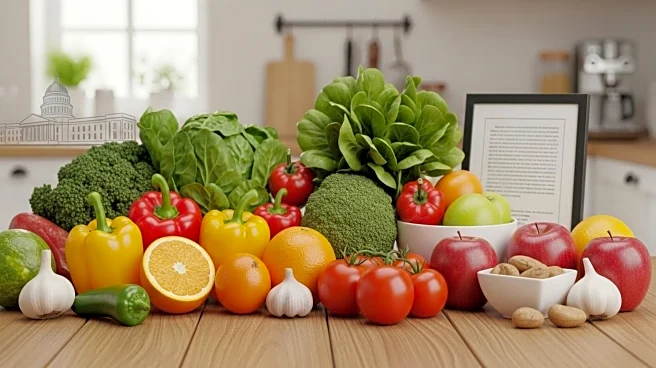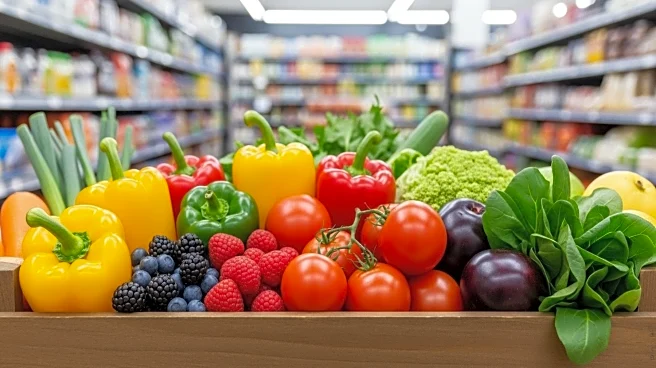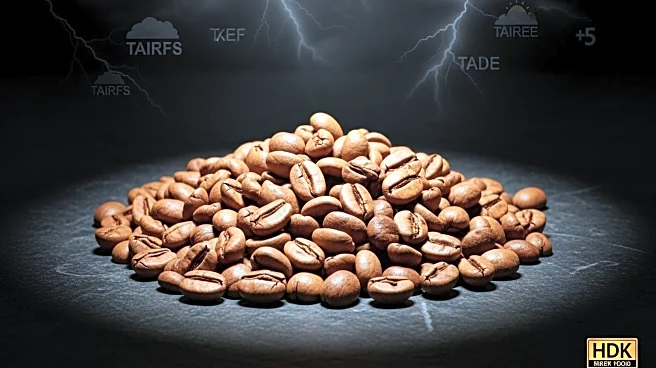What's Happening?
Grocery prices, which began rising rapidly during the COVID-19 pandemic, continue to increase despite a slowdown in food inflation. According to a report by CBS News, several factors are contributing to the ongoing rise in food prices. These include supply chain disruptions, increased production costs, and changes in consumer demand patterns. The report highlights that while the rate of inflation has slowed, the cumulative effect of these factors is keeping grocery prices elevated.
Why It's Important?
The persistent increase in grocery prices has significant implications for consumers, particularly those with fixed or low incomes. Higher food costs can lead to financial strain and may necessitate changes in spending habits or dietary choices. For the food industry, these price increases reflect broader challenges in supply chain management and cost control. The situation also underscores the need for policy interventions to address food affordability and security.
What's Next?
As grocery prices remain high, consumers may seek alternative shopping strategies, such as buying in bulk or choosing generic brands, to manage costs. Retailers and food producers might explore efficiency improvements or cost-saving measures to mitigate the impact of rising prices. Policymakers could also consider measures to support food affordability, such as subsidies or tax incentives for essential goods.
Beyond the Headlines
The ongoing rise in grocery prices highlights the interconnectedness of global supply chains and the vulnerability of food systems to external shocks. It also raises questions about the sustainability of current agricultural practices and the need for innovation in food production and distribution to ensure long-term food security.










